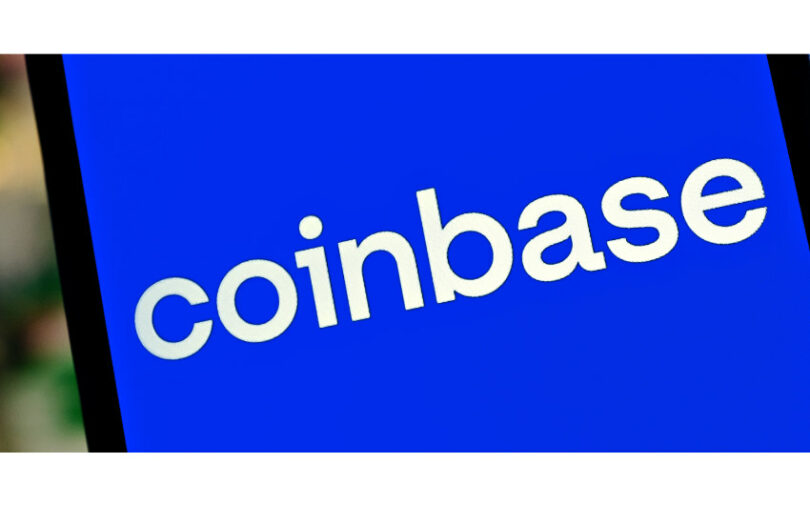Today Coinbase announced Project Diamond, its tokenization solution for native digital assets. In November it issued a debt instrument on the platform in preparation for its entry into the Abu Dhabi Global Market (ADGM) RegLab sandbox. It aims to comply with regulations and “unlock institutional adoption”. The platform is being built by Coinbase Asset Management and it’s calling for partners.
The debt instrument was a short-term discount note denominated in the USDC stablecoin.
In terms of technologies, it uses the layer-2 Coinbase blockchain Base, the stablecoin it co-founded USDC, the Coinbase Web3 wallet and the Coinbase Prime custody solution.
“Coinbase Asset Management is building Project Diamond to enable a future where institutions can create, distribute and manage a wide range of digitally-native assets directly onchain,” the blog post states.
Notably, it says initial use cases will be for registered institutions outside the United States. Coinbase is involved in a major legal battle with the SEC. Project Diamond received in principle approval to participate in the ADGM RegLab.
Collab with TradFi?
Coinbase is no stranger to institutional collaborations. After all it counts the world’s largest asset manager BlackRock as a client.
The Coinbase announcement seems to avoid the term Real World Assets (RWA) perhaps because of the emphasis on being natively digital rather than linking to off chain assets. However, most of the digital securities launched by big traditional (TradFi) banks are also natively digital. That’s because countries such as Switzerland, Germany and others have supportive legislation. It is mainly in the United States where compliant digital securities often have a conventional mirror image.
One of the biggest challenges for TradFi is regulation. The Basel Committee will soon launch a consultation to update the crypto rules for banks. It seems likely to insist that for tokenized securities to qualify as low risk, they must be on permissioned blockchains. This is particularly problematic for underwriters. It creates a challenge because asset managers are not subject to these restrictions. And fund managers are pretty keen on public blockchain.
Meanwhile, the BIS, the central bank of central banks, is also looking to get involved in tokenization by helping to build the Unified Ledger, encompassing tokenized deposits, CBDC and digital securities. It’s no surprise that it won’t use a permissionless blockchain.






